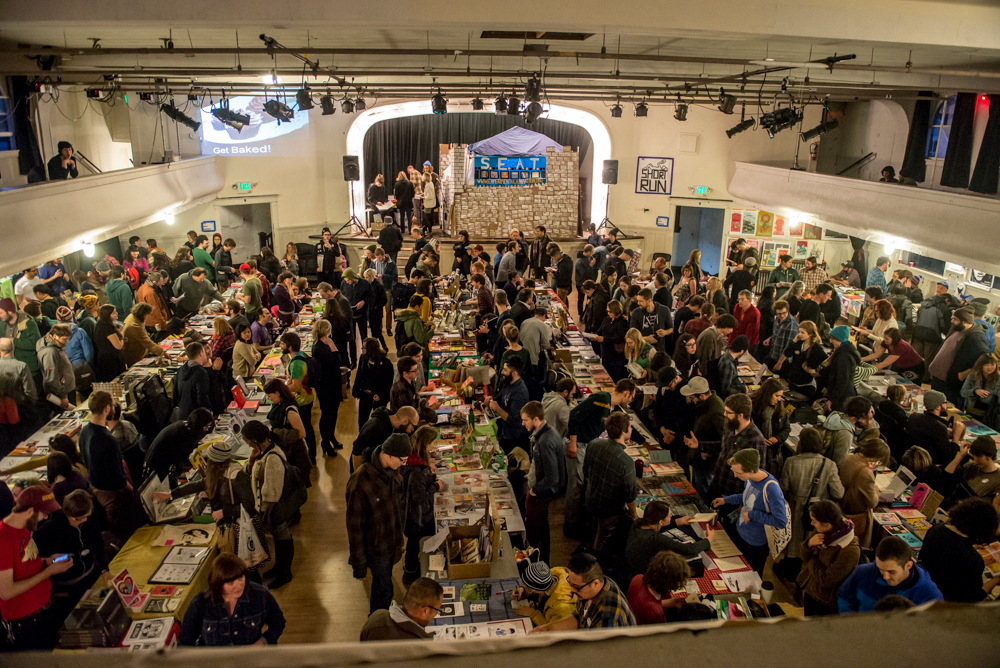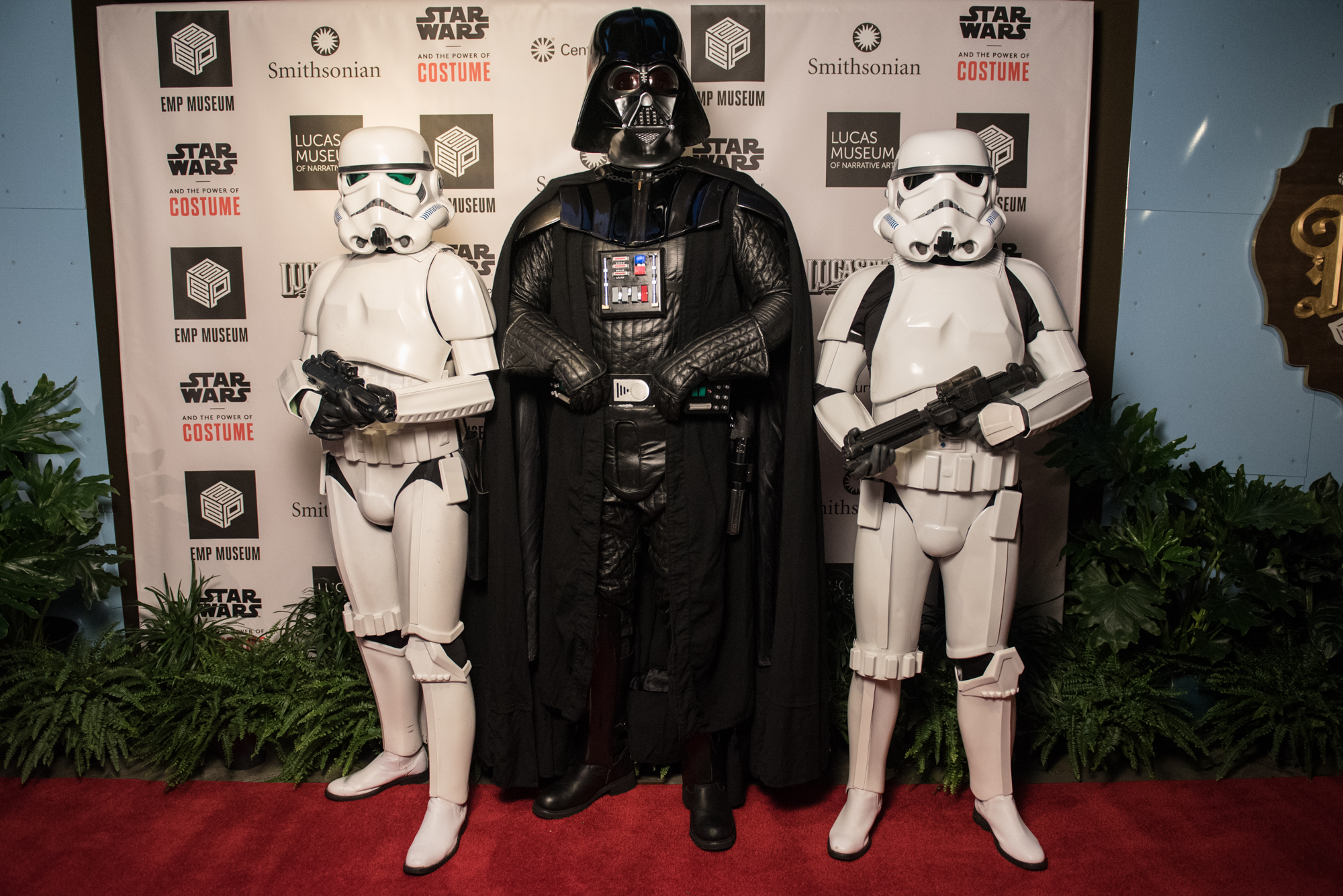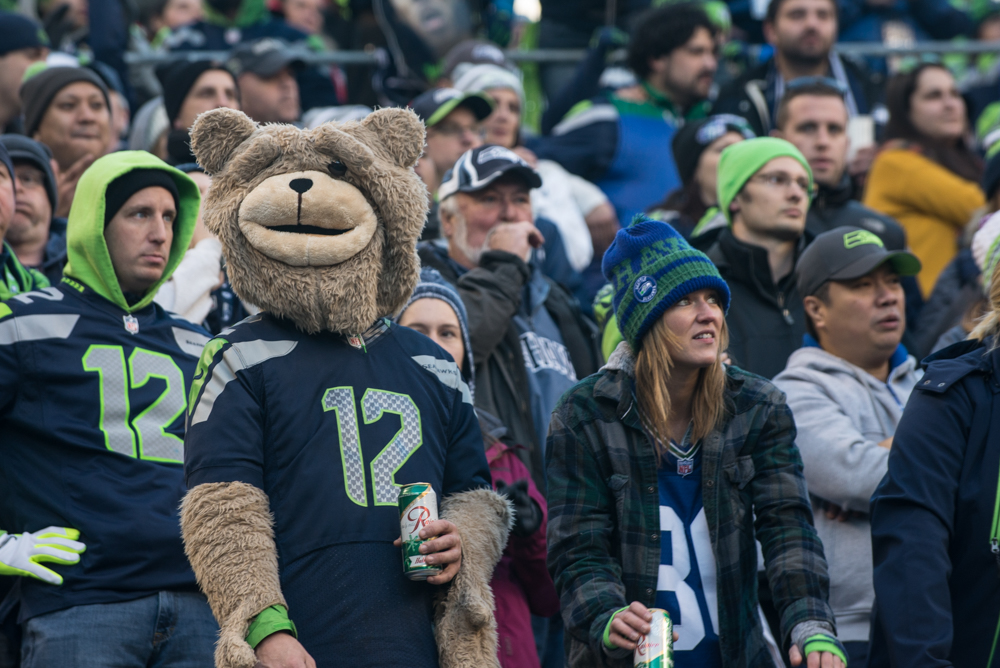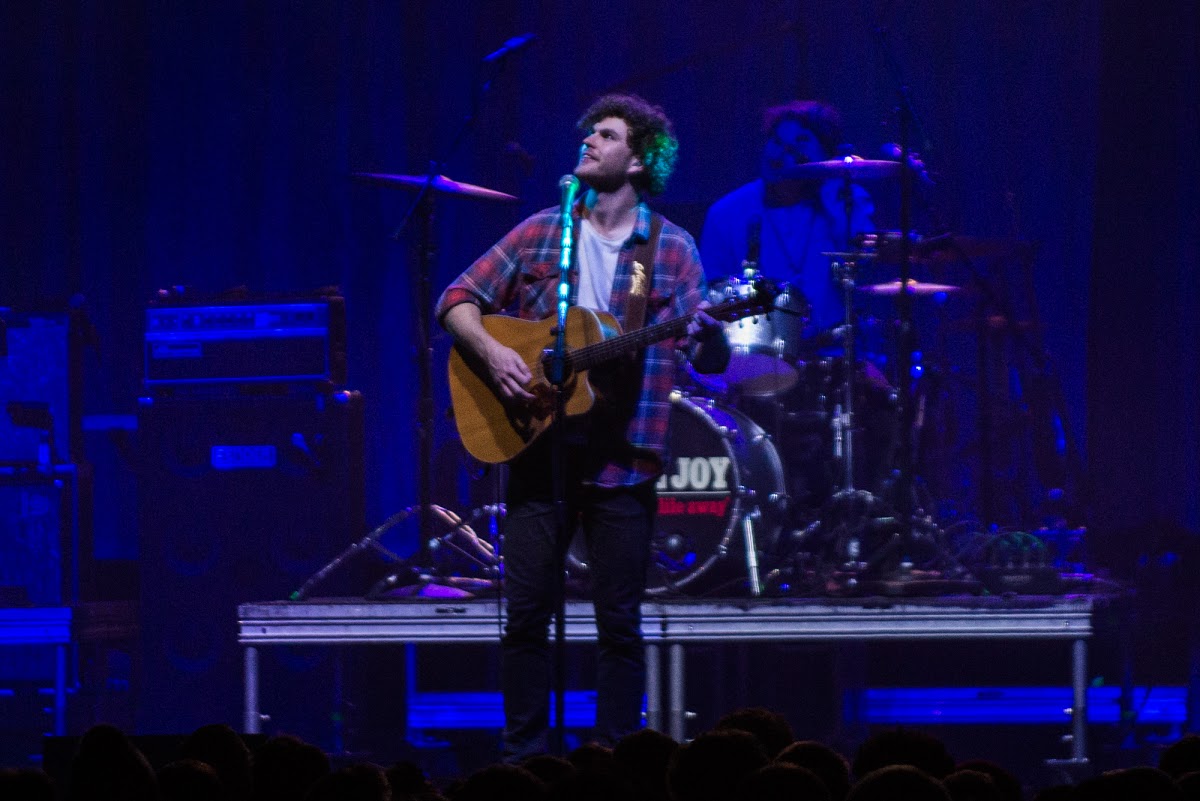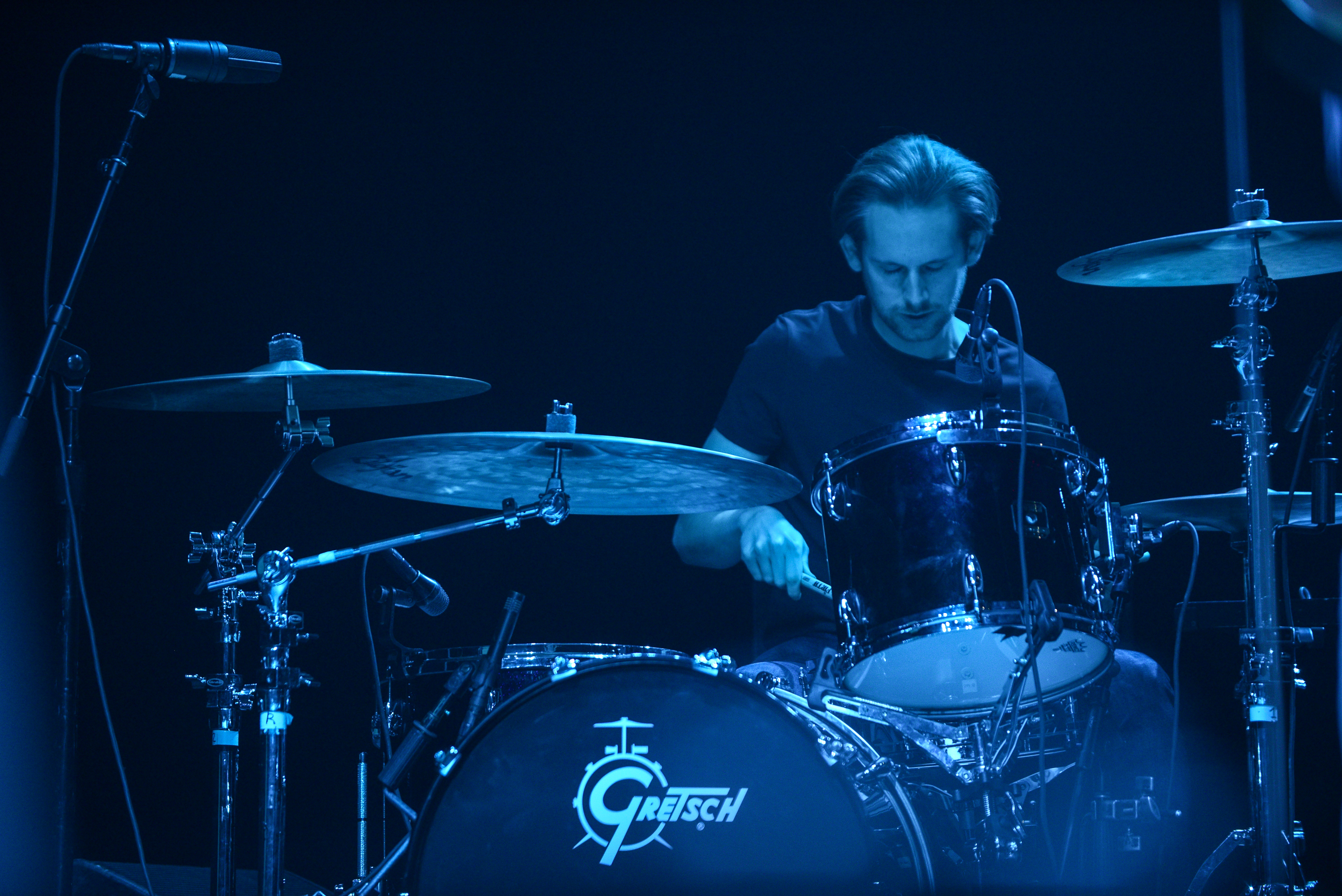When you hear someone say, “D.I.Y.”, what comes to mind? These days, if you’re an artist, those three letters stand for an incredibly important part of your personal, if not professional, success.
Whether you’re a musician, painter, illustrator, or photographer, you used to have to depend on grants, contracts, or investors to even think about making a living, or any money at all. In the last few years there’s been a massive surge in thinking, “Dammit, I’m just going to do it myself” as basement recording studios, secret all-ages venues, guerilla art shows, and self-published works are running rampant in the quiet corners of Seattle.
Typically comic artists and illustrators are solitary creatures, toiling away at their desks for hours, hammering out their next project. They have the desire to socialize, but their work doesn’t really pull them out into the world very often. That’s where Short Run comes in; a small organization that curates events throughout the year and culminated in an comic, zine, and artist convention this past weekend.
Emphasizing independent works rather than output from mega-companies like DC, Marvel, and even our region’s own Dark Horse, the organizers assemble talent ranging from hard-core hobbyists to career cartoonists with one idea in mind: We’re all in this together. In just three short years the event has gone from a small gathering in Central District’s Washington Hall to a non-profit enterprise that nearly burst the building at the seams with artists in every nook and cranny.
While some of us here were off making GIF comics to cover the festival on the day of, I decided to take my own look at the action by starting way before showtime. I wanted to see who is involved and what it takes to get the Short Run convention off the ground.
Getting the Ball RollingOver the last couple months I spent some time with Short Run’s curators (Eroyn Franklin, Kelly Froh, and Janice Headley), and a handful of dedicated volunteers as they worked through behind-the-scenes stuff, getting ready for the Short Run. Of course a lot of the heavy lifting had already been done: organizing the artists, getting volunteers and figuring out the logistics of the event. They still had a few things to iron out, so I decided to eaves drop on their get-togethers.
October 11“We’re meeting to make decorations for the short run beach party, and fold promo zines, and i think some other stuff (snacks provided!)” Janice Headley
I made my way into a house with bustling ladies drawing on cardboard, painting, cutting, chatting, and laughing.
November 2“Just a quick note to let you know our schedule: it looks like the next work party that would work for photos will be on sunday 11/2 — we’ll be making the exhibitor badges!“ Janice Headley
The door opened to a small apartment full of people sitting at stations of unfolded zines, half-completed buttons, and unsorted Short Run t-shirts.
November 14“We’re going to be doing set-up tonight from 9:00 PM-ish on, and then heading to WA hall tomorrow morning at 9:00 AM — exhibitors start setting up at 10 AM, and doors open the public at 11 AM, PHEW!” Janice Headley
Washington Hall sat quiet and empty until more than twenty volunteers and artists streamed in to help set up for the next day’s events.
The ConventionWhile the space in Washington Hall might not seem as daunting as the Convention Center, where Emerald City Comicon is held, the word uttered most often on Saturday was “overwhelming.” With a diverse collection of artists coming from as far away as Finland, Australia, and South Africa, it’s hard to know where to start. As I circled the tables, I decided to stop and chat with a few of the artists.
“I have a regular day job as a barista. I got the Xeric grant for self-published comics, but I don’t ever see making a living with this. It’s something I want to do.” Darin Shuler, Seattle
“I write and illustrate the stories; I just can’t choose between the two, I love them both too much. I was an art major in college but I also worked in the theater department and dabbled in playwriting. After I finished school I went to a zine convention with some of my work and I’ve been doing this ever since.” Yumi Sukagawa, Southern California
“I started drawing and self-publishing since I was seven, it took 18 years but here I am with Fantagraphics. I’ve been looking to get into tv but after hearing the stories about artists working at Adventure Time I decided to make them work for it. I only want to do something like that for three days a week so I can still work on my own projects too. I don’t need to work in TV, so I can set my own terms.” Simon Hanselmann, Melbourne, Australia
The members of this tight-knit community, both locals and visitors, are working toward their own personal goals while also joining in a shared passion and love for art. It’s why Short Run is so successful and will continue to be in the future, I’m sure.
